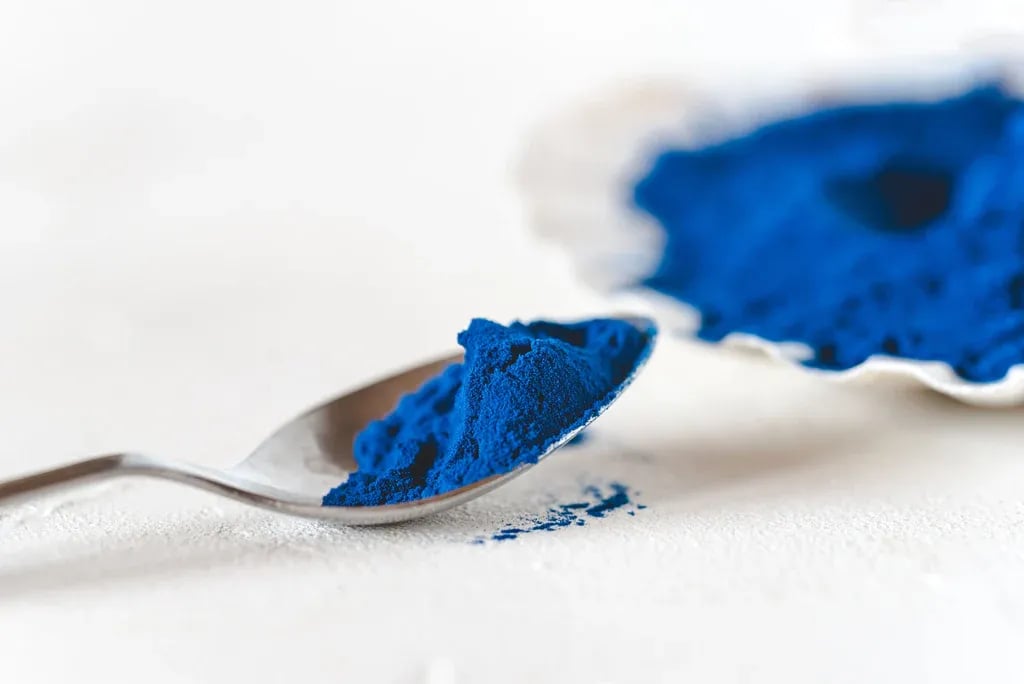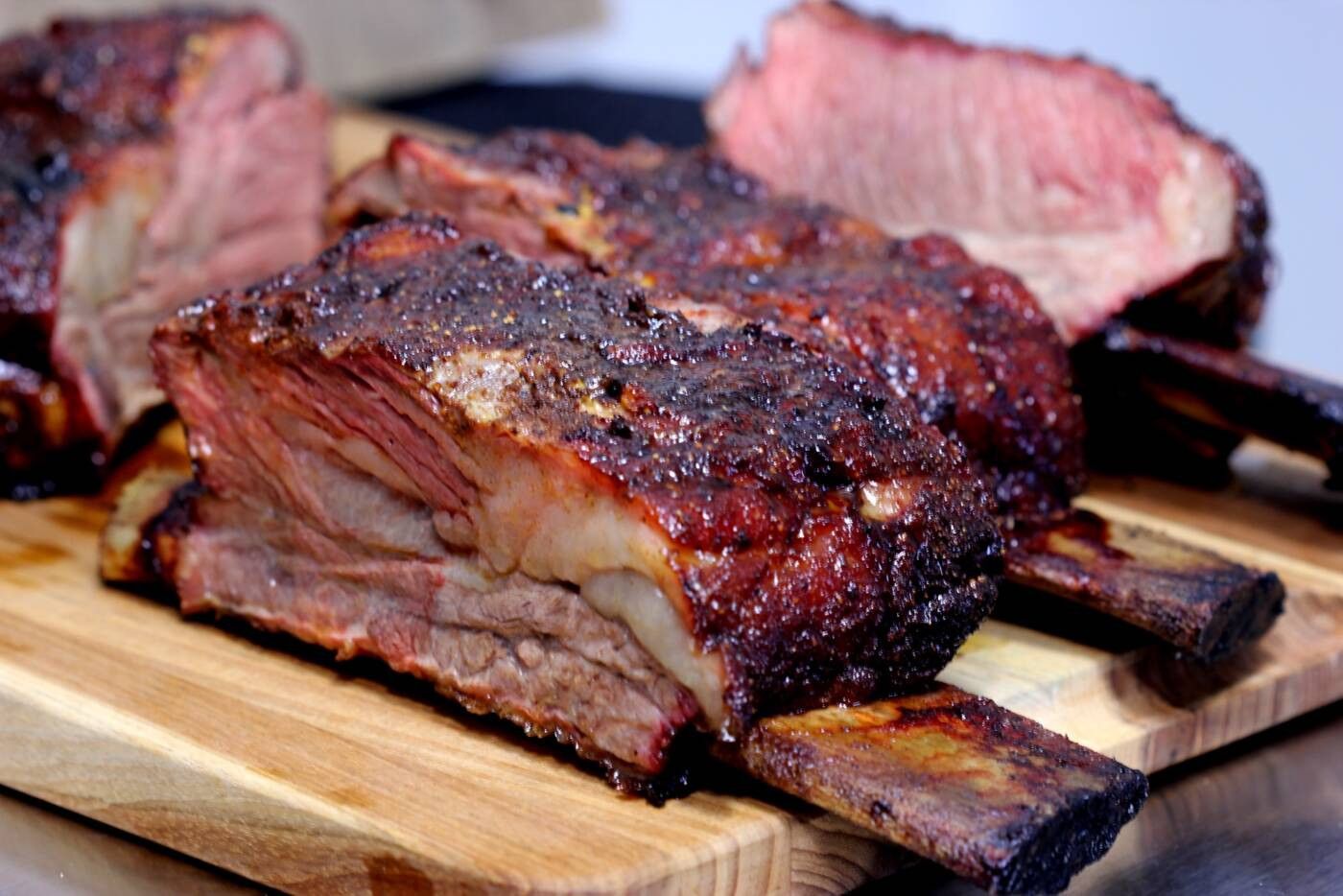
The Truth About Blue Spirulina: A Natural Food Dye Hyped as a Superfood
- Aug 22, 2025
The allure of natural, aquamarine-hued blue spirulina has seized American consumers, drawing them away from synthetic food dyes. The idyllic blue extract, an evolution of green spirulina - a species of blue-green algae - has been cherished in the global food-scape for ages. Yet, its popularity rocketed after NASA touted it as a nutritional boost for astronauts, subsequently fuelling its popularity in high-end health food stores and in celebrity-endorsed smoothies all over Los Angeles. Despite the emerging evidence of health benefits, it's crucial not to get too captivated by the idea of consuming an abundance of blue spirulina. As Caroline Thomason, a dietitian based in Washington, D.C., described, the feverish enthusiasm is primarily driven by its captivating Instagram-worthy hue.
The vibrancy of blue spirulina comes from phycocyanin, a potent antioxidant not found in terrestrial plants, as Thomason explained. In 2013, the U.S. Food and Drug Administration (FDA) recognized and approved blue spirulina as a nature-derived substitute for blue food colorants in candies and gums. Later, this approval was broadened to include it in various other foods and beverages-including non-alcoholic drinks, condiments, dairy substitutes, seasonings, salad dressings, and alcoholic beverages with less than 20% alcohol. It’s critical that these color additives receive FDA endorsement before they are commercially available for their specifically-regulated purposes, according to FDA guidelines.
However, the FDA classified blue spirulina as a color additive exempt from certification. In other words, individually packaged food products containing the extract are not required for certification before landing on store shelves. Given this exemption, Harvard Health expressed concerns that there is no assurance that these products are pollutant-free or contain the stated quantity of spirulina.
From 2018 to 2020, the Environmental Protection Agency (EPA) and the World Health Organization (WHO) recalled three products made from blue-green algae (two supplements and one drink) for exceeding permissible toxin levels. These products contained high quantities of microcystins, a natural poison known to damage liver and kidneys.
Thomason pointed out that while small amounts of spirulina are typically safe to consume, the quality may vary across brands. Picking from a credible source could help avoid contaminations with heavy metals or toxins as these could occur in poorly regulated spiralina products.
In terms of nutritional benefits, other spirulina types tend to pack in more nutrients. "Although it doesn't have the complete nutritional profile of raw spirulina, it does provide antioxidants that could potentially reduce inflammation, similar to those found in colorful fruits and vegetables like blueberries or red cabbage," said Thomason. Hence, incorporating blue spirulina in your diet could be a fun twist, but going overboard could result in nutritional imbalance and lead to an unhealthy obsession.






